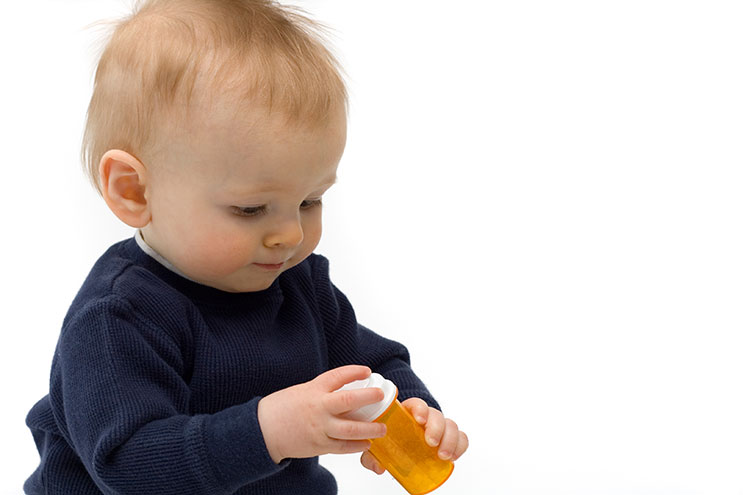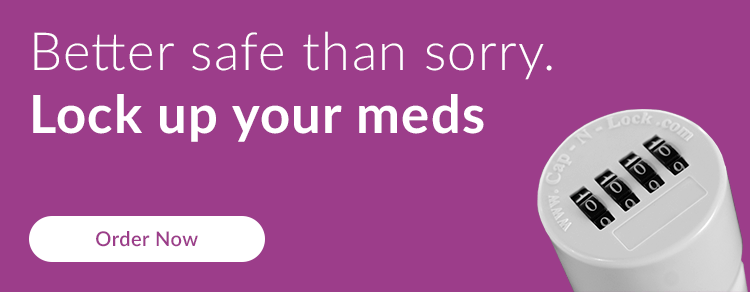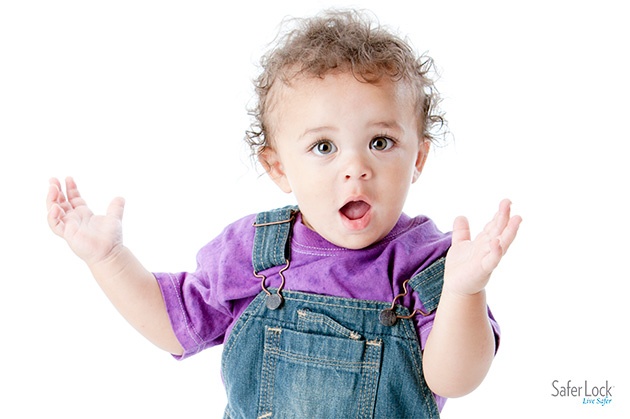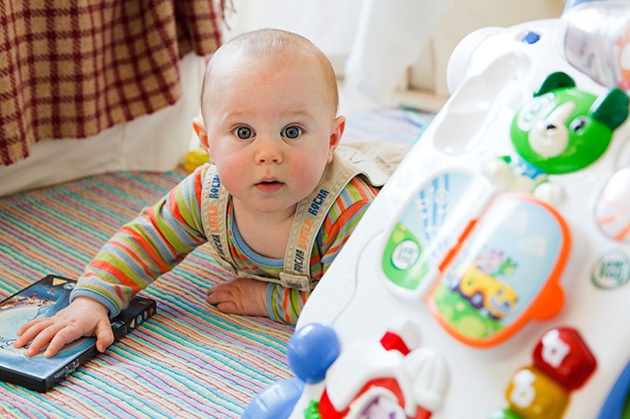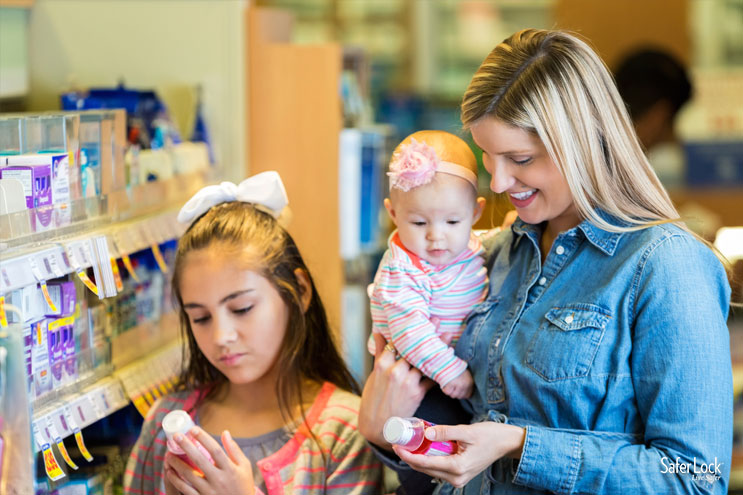What’s the difference between combination locking caps and childproof caps? If you think they will both keep your family safe from accidents, poisoning, or overdose, then you need to keep reading.
Childproof Caps
In 1967, child poisonings and fatalities from children accidentally ingesting medicines was reaching epidemic proportions. A Canadian doctor by the name of Dr. Henri J. Breault came up with the idea for the childproof cap to help reduce the nearly 100,000 poisonings that were happening each year in his country. He invented and patented a device we still use today, and the childproof cap reduced the rate of local child poisonings by 91%. Breault’s invention saved countless lives around the world.
In 1974, the U.S. began requiring prescription drugs to be put into childproof containers. Studies show that until 1992, death rates from children accidentally ingesting medicines dropped by 45%.
Childproof caps were a remarkable invention that saved the lives of hundreds of children. But are they enough?
In the last decade, there has been a staggering 30% increase of child medication poisonings.
After 1,500 children under the age of six were seen in emergency rooms in 2010 for ingesting the opioid, buprenorphine, researchers examined how children are still getting access to medicines that can lead to intensive care or even death.
The researchers found that children were getting to the prescription opioids because they were stored in sight, or kept in a purse or bag. In most cases, the young children were at home when the poisonings occurred, although in 5% of cases they were being watched by another caregiver and not a parent. The average age of these young children was two-years old, and they were still getting into bottles of prescription pills.
In a less scientific study of their own, the Today show invited a group of 4-year olds to a playdate. The young children were given a variety of (emptied and sterilized) bottles with childproof caps from over the counter pills, prescription medications, and dangerous household cleaners.
Every single one of the toddlers was able to open at least one bottle.
Combination Locking Caps
A combination locking cap is a more recent invention to hit the medication safety scene. A combination locking cap is meant to help secure prescription medications more effectively. The cap can only be removed if the correct four-digit code is used on the combination cap. The codes are selected and set by the person who the medication was prescribed for (or their guardian).
Unlike childproof caps, a combination cap cannot be twisted off by a curious-but-determined toddler or young child. The only way a child could get the cap off would be by setting the correct combination on the lock.
Combination caps do more than just help protect young children from the #1 cause of child poisoning; it helps protect teens and older children from prescription drug misuse.
Teen prescription drug use is on the rise, as teens can often easily access one or two prescription pills from a medicine cabinet at home without anyone noticing. The ease of access and common misconception that prescriptions are safer than illicit drugs is leading to addictions and fatalities in numbers never before seen. A combination locking cap can help deter curious teens from accessing the prescription drugs in their homes.
The childproof cap is a remarkable invention that paved the way for medicine safety and accident prevention for decades. But it is not exactly child “proof,” accident proof, or teen proof.
Combination locking caps are the next generation of safety caps, and offer a higher standard of protection and safety for your family.
